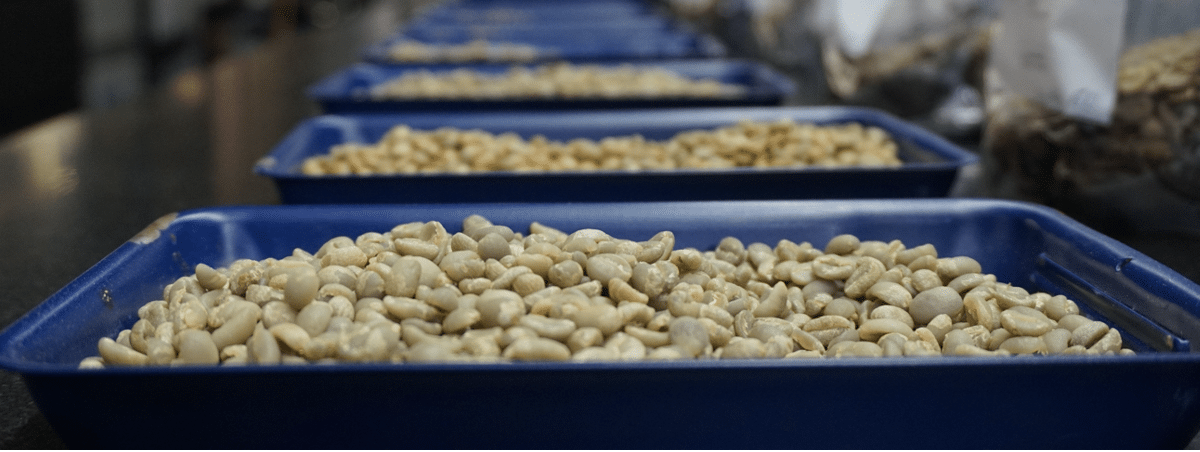
Water Activity
Defining Water Activity:
The strict definition of water activity is the ratio of the vapor pressure of water in a substance relative to the vapor pressure of pure water under standard conditions.
Okay … maybe we need to understand what is vapor pressure. Perfect Daily Grind will help us with this example:
“Let’s imagine that you have water in a box that you heat up until the water starts to evaporate. Now, as the evaporated water – the vapor – hits the walls of the box, it then starts to condense. At a certain point in time, and a certain temperature, the rate of condensation will be the same as the rate of evaporation. And at this point, the pressure of the vapor on the water is the vapor pressure.”
To make it a bit more easier, water activity is the chemical availability of water in a substance. This is how much water in a substance is unbound and free to take part in chemical reaction. We can compare this to the state of energy of a bean. The higher the water activity, the more water is available for the chemical reaction which will accelerate the process of degeneration of the bean (growth of mold). With low water activity, we reduce the risk of mold because the water in the bean can’t be used by microorganisms. There is not enough water to maintain enzymatic reaction.
Is water activity different from moisture content?
Yes, it is! Moisture is the amount of water in a substance when water activity is the amount of water available to reaction. Some research show that moisture and water activity increase and decrease accordingly. But it has also be found that while moisture content decreases steadily during drying, the water activity was very variable. So we need to be very cautious at the time we analyze these two parameters.
How do we interpret the results?
Green coffee professionals tend to align that coffees should have a water activity that is less than 0.610. Above this limit, the chance of microbial activity increases, potentially leading to mold and fungus in the beans.
Involving the cupping score, the relation is not obvious. Water activity is not a predictor of cupping score but it is a predictor of how well a coffee will maintain in time.
To conclude, water activity is a parameter to take into account together with moisture content to predict how well coffee will last in storage. This parameter is one among a full list of others that will help to extend the shelf life of your coffees, such as optimal storage. In that sense, we are extremely lucky at Cuprima to have all our coffees stored at Seabridge.
And the impact on roasting ? An excellent article has been published on this topic by Daily Coffee News. Check it out.